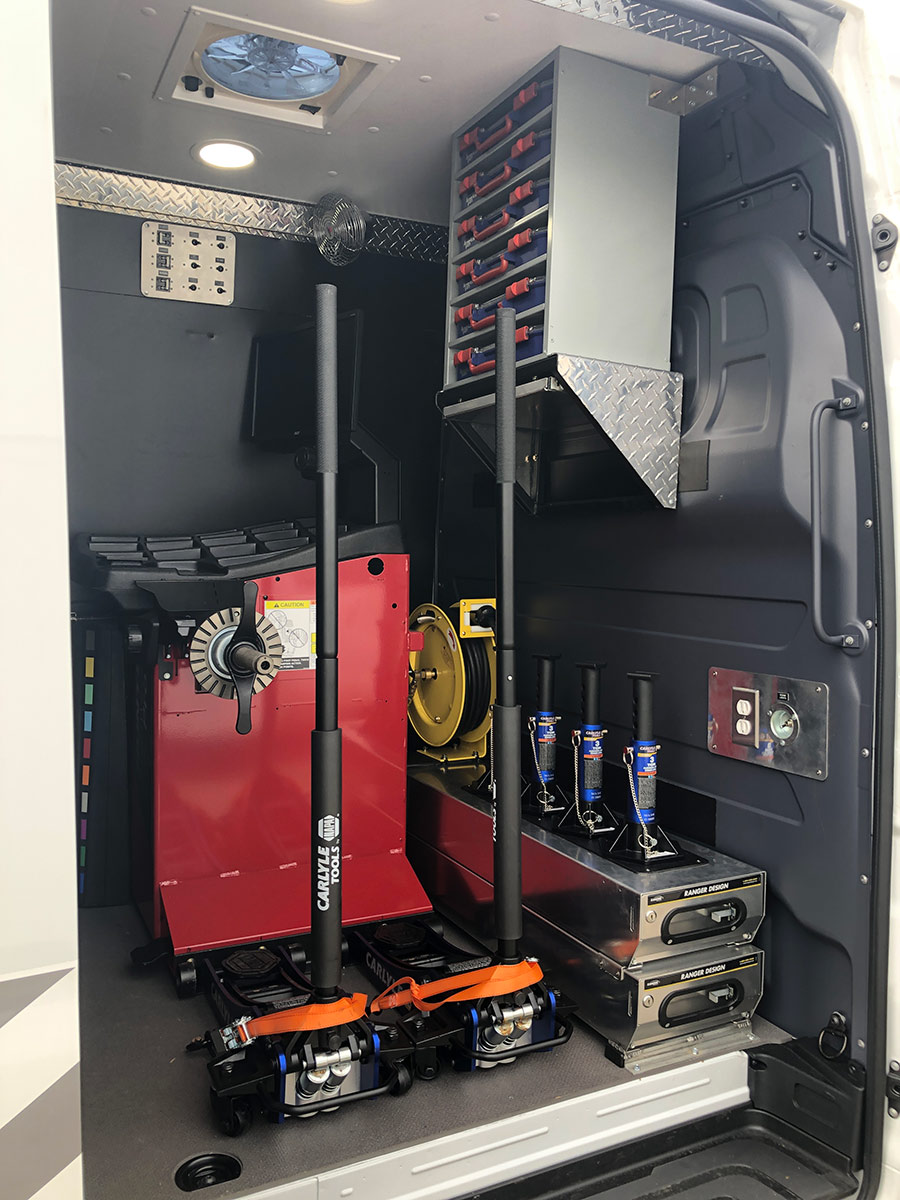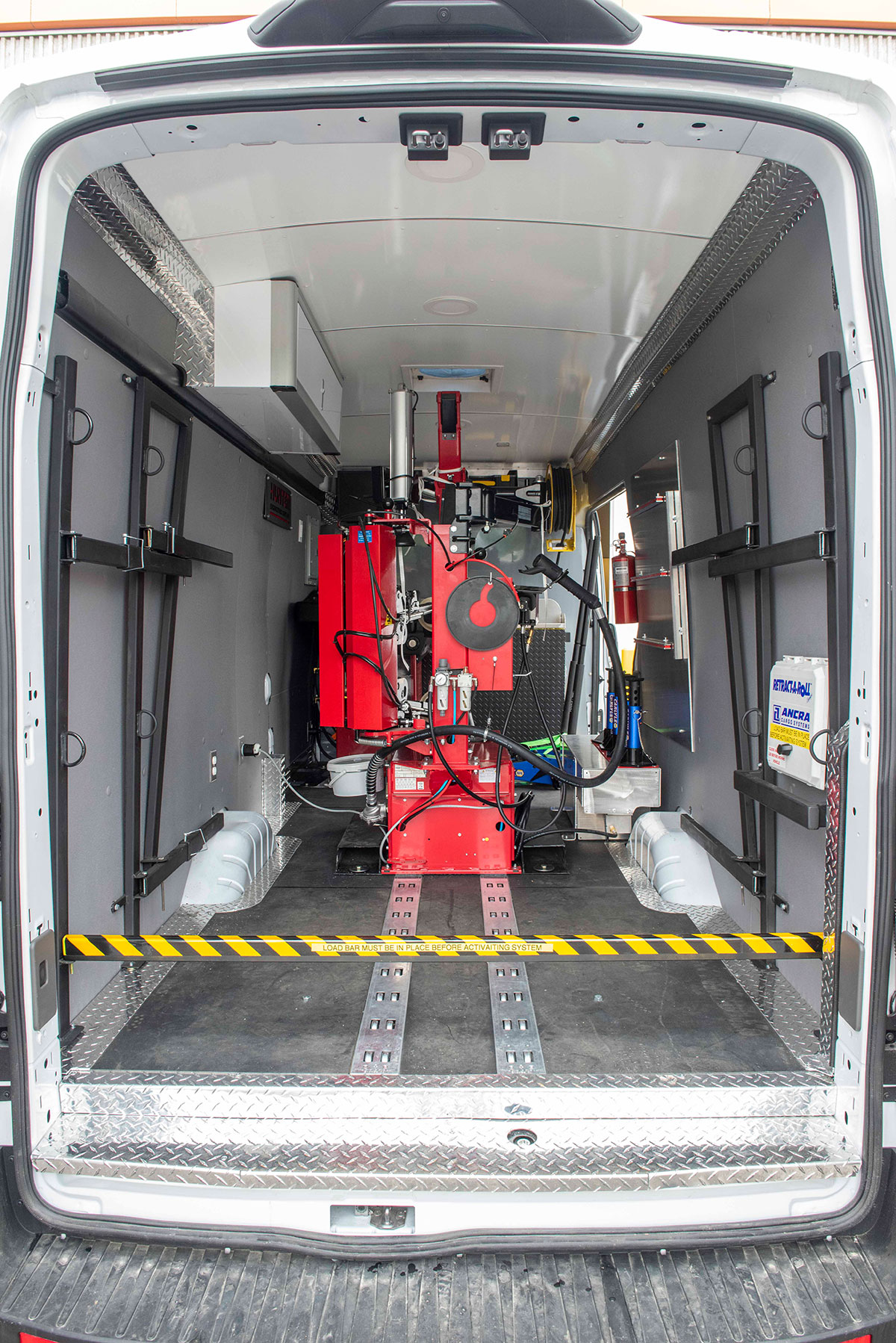Tire Solution: Proven Techniques for Ideal Tire Maintenance and Treatment
From making certain appropriate tire pressure to normal turning and placement, there are proven techniques that can significantly expand the lifespan of your tires and improve total driving experience. Allow's delve into the globe of tire service and find the secrets to maintaining your tires in first-class form for the lengthy haul - Flat Tire Repair Las Vegas.
Importance of Tire Pressure
Proper tire pressure is an important element in making certain optimum vehicle performance and safety and security when driving. Keeping the suggested tire pressure degrees provided by the manufacturer offers various advantages. Ample tire pressure advertises better gas effectiveness, as under-inflated tires can lead to boosted rolling resistance, triggering the engine to work harder and eat more fuel. Second of all, correct tire pressure guarantees even walk wear, boosting tire longevity and saving cash in the future by delaying the need for premature replacements. Furthermore, correctly pumped up tires add to enhanced handling and stopping abilities, vital for secure driving in different roadway conditions. Over-inflated tires, on the various other hand, can lead to decreased traction and a harsher trip. Alternatively, under-inflated tires are vulnerable to overheating, which can result in blowouts and accidents. On a regular basis inspecting and adjusting tire pressure, especially soon journeys, is a simple yet effective method to enhance automobile efficiency, expand tire life expectancy, and prioritize safety when driving.
Tire Rotation Standards
When considering tire turning guidelines, it is crucial to recognize the significance of this upkeep task in making best use of tire life expectancy and preserving optimum vehicle efficiency. Tire rotation includes changing the position of each tire on a lorry to make sure even tread wear. Front tires tend to use a lot more promptly than back tires due to steering forces, making routine rotation crucial for balanced wear patterns.

Advantages of Wheel Placement
Ensuring correct wheel alignment after tire rotation is crucial for keeping well balanced wear patterns and taking full advantage of automobile performance. Wheel alignment describes the adjustment of the angles of the wheels to the producer's specs. Among the vital advantages of wheel positioning is improved dealing with and steering action. When the wheels are appropriately aligned, it decreases guiding initiative, ensuring a smoother and a lot more regulated driving experience. In addition, appropriate wheel positioning aids to expand the lifespan of your tires. Misaligned wheels can trigger irregular tire wear, resulting in early tire replacement and raised upkeep expenses.

Tire Footstep Depth Check
Doing a routine examination of tire tread deepness is important for keeping secure driving problems and extending the lifespan of your tires. The walk on your tires plays an important function in offering traction, specifically in unsafe or wet conditions. To inspect your tire step deepness, you can make use of a walk deepness scale or the penny test. The recommended walk deepness goes to least 2/32 of an inch. If the walk depth is below this limit, it is time to change your tires to make certain ideal efficiency and safety visit our website and security on the roadway. Unequal walk wear can indicate issues with tire pressure, positioning, or suspension, highlighting the importance of normal step deepness checks. Overlooking to keep track of and maintain appropriate step deepness can cause minimized grip, longer braking distances, and a raised threat of hydroplaning. By integrating tire tread deepness look into your routine upkeep timetable, you can drive with confidence knowing that your tires remain in top problem.
Seasonal Tire Evaluation
Seasonal tire inspection is an essential facet of tire upkeep that ensures tires are ready to encounter the difficulties postured by different weather problems. In prep work for wintertime, it is essential to check the tire pressure on a regular basis as chilly temperature levels can cause tire stress to drop. By performing routine seasonal tire evaluations, vehicle drivers can lengthen tire life expectancy, enhance gas efficiency, and most importantly, make sure a secure driving experience in differing climate problems.
Conclusion
Finally, keeping appropriate tire stress, rotating tires routinely, straightening wheels appropriately, keeping an eye on step deepness, and carrying out seasonal evaluations are important techniques for optimum tire treatment. By following these verified methods, chauffeurs can ensure their tires last much longer, carry out better, and add to total automobile security. It is essential to focus on tire upkeep to stop crashes, improve fuel effectiveness, and lengthen the lifespan of tires.
Ample tire stress promotes better fuel effectiveness, as under-inflated tires can lead to boosted rolling resistance, causing the engine to work more difficult and take in more gas.When considering tire turning standards, it is essential to understand the significance of this upkeep task in taking full advantage of tire lifespan and preserving ideal lorry efficiency. Seasonal tire inspection is an essential element of tire upkeep that ensures tires are all set to deal with the obstacles postured by various climate problems. look these up By performing routine seasonal tire examinations, drivers can lengthen tire life expectancy, enhance gas performance, and most notably, ensure a safe and secure driving experience in varying climate problems.
In conclusion, preserving appropriate tire pressure, rotating tires on a regular basis, straightening wheels appropriately, keeping an eye on tread deepness, and conducting seasonal inspections are crucial methods for optimum tire treatment.